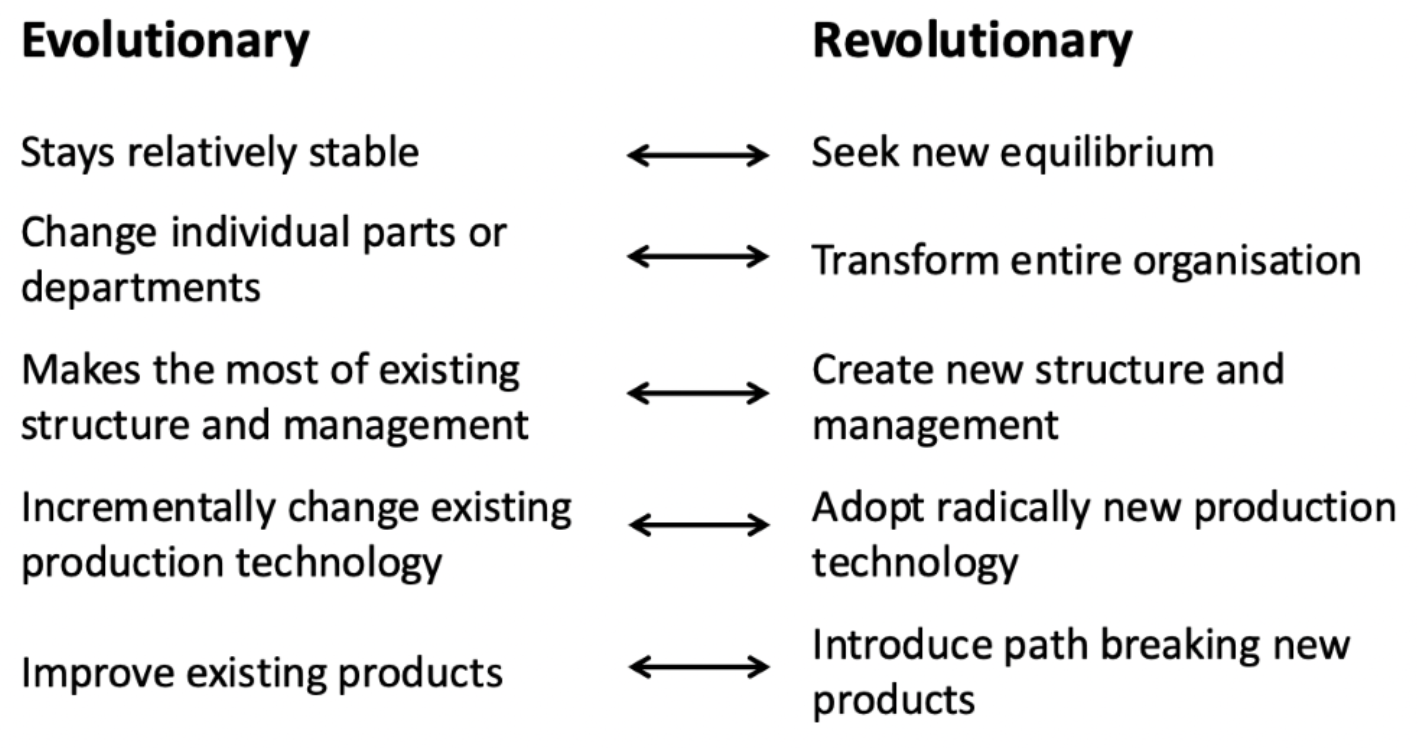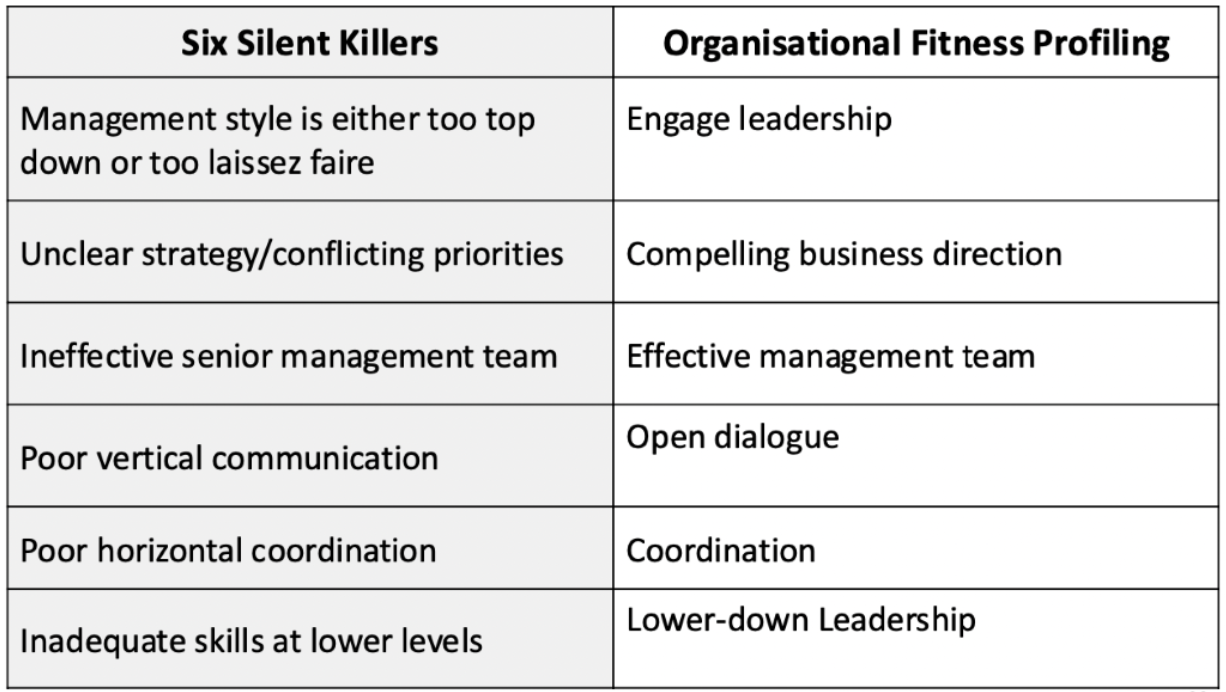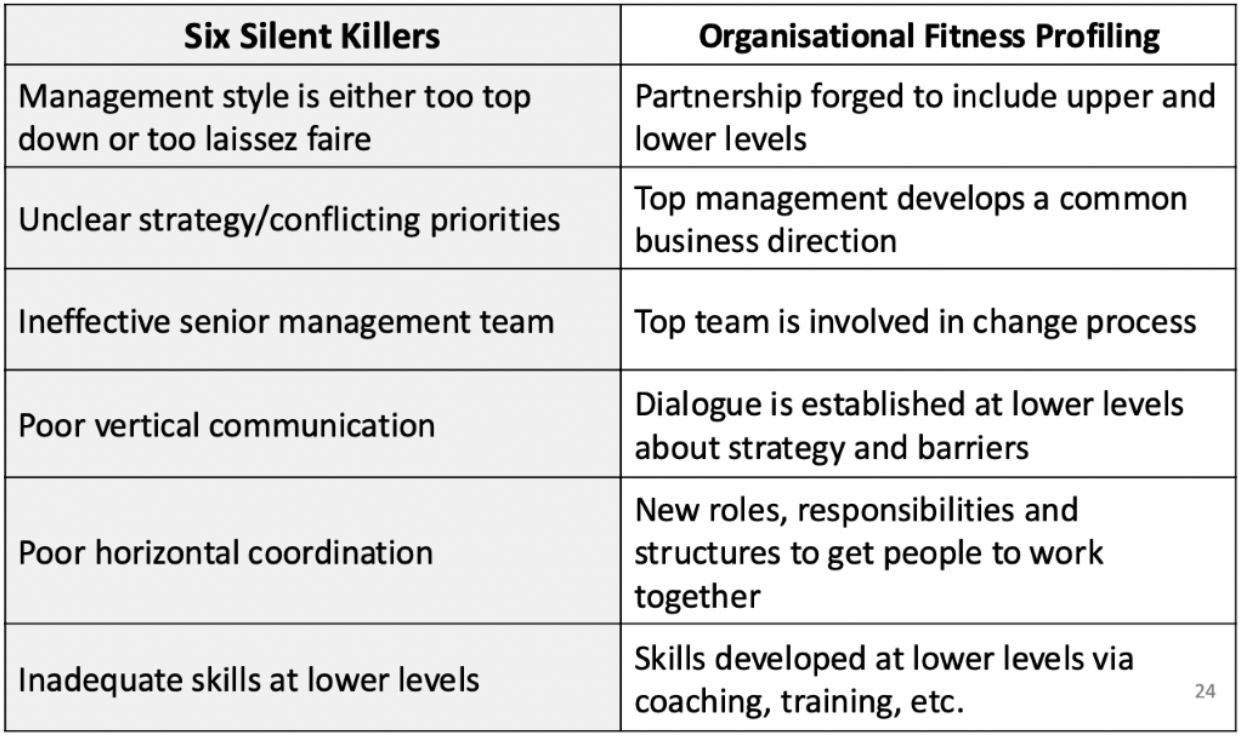Final Exam Macro - Ethics, Change, Power
1/24
There's no tags or description
Looks like no tags are added yet.
Name | Mastery | Learn | Test | Matching | Spaced |
|---|
No study sessions yet.
25 Terms
Causes of unethical behaviour - personal factors
• Greed / self-interest
• Hubris / ego
• Leadership style
• Personality traits (narcissism, machiavellianism, psychopathy)
• Moral disengagement and exclusion (e.g. framing exploitation as something else)
• Cognitive biases
Causes of unethical behaviour - structural factors
• Excessive power in the hands of a person or group
• Rewards linked to unethical behaviour
• Low costs of unethical behaviour
• Unethical norms
• Shareholder orientation
• Complexity
• Lack of resources
• Lack of transparency
Consequences of unethical behaviour
In extreme cases, unethical behaviour can destroy organisations
It can end long and successful careers
Encourages unethical behaviour in others
Harms the health and wellbeing of colleagues and stakeholders
Causes environmental damage (e.g., habitat destruction, climate change)
Linked to negative attitudes and low motivation among others
Reduces employee retention, weakens networks, and deters investment
What can individuals do
• Moral awareness (sensitivity to ethical issues)
• Moral identity (importance of moral traits to self-concept)
• Moral efficacy (confidence in ethical decision-making)
• Moral courage (perseverance despite adversity)
• Affect (e.g. empathy)
• Perspective taking “stepping into another personal shoes”
• Moral reasoning (e.g. principles, justice, consequences)
What can organisations do
Formal elements: ethics codes, polices and audits, communications, training, monitoring systems, rewards linked to ethical behaviour, penalties for unethical behaviour, whistleblower protection
Informal elements: ethical leadership (role-modelling ethical behaviour), ethical culture, perception of fairness.
Forces Initiating Change: External and Internal
External Forces:
Socio-cultural factors: market competition, shifts in market tastes / preferences, social license to operate, etc.
Technological factors: digital technology, R&D intensity
Economic factors: inflation, income levels
Political and legal factors: lawsuits/investigations, standards on safety, environment, labor practices, social license to operate (public outrage), etc.
Internal Forces:
Employee performance outcomes: employee absenteeism, productivity, whistleblowers, etc.
Shareholder activism: Social license to operate
Internal processes: ineffective decision-making, cumbersome procedures
New management philosophy culture / vision
New strategies: objectives, products, markets, businesses
Role of the Change Agent
Change Agent will:
Identify and interpret forces causing the change
Diagnose the problem (what needs to change)
Decide objectives
Generate solutions (what type of interventions are needed)
Champion the change (communicate vision)
Implement change (unfreeze > change > refreeze)
Monitor, review results & get feedback (determine effectiveness)
What Needs Change?
Power: Perhaps your company has too much top-down decision-making?
Communication: Perhaps your company is withholding important information from its employees?
Culture: Perhaps your company has fallen prey to greed?
Strategy: Perhaps your company has fallen behind technologically?
Types of Intervention: Evolutionary and Revolutionary
Evolution; a gradual, progressive change
Revolution; a sudden, complete change

Force field analysis
A tool used to assess the factors that support or oppose a change. It identifies driving forces (for change) and restraining forces (against change), helping decision-makers strengthen supports and reduce resistance to successfully implement change.
Driving Forces (Pro-Change Forces)
Factors that support and push toward the desired change.
Examples: New technology, market demand, leadership support, financial incentives.
Restraining Forces (Anti-Change Forces)
Factors that hinder or oppose the change.
Examples: Employee resistance, outdated policies, lack of resources, fear of uncertainty.
Steps to Conduct Force Field Analysis
Define the Goal or Change
Clearly state the desired outcome (e.g., "Increase employee productivity").
List Driving Forces
Identify all factors supporting the change.
List Restraining Forces
Identify all factors resisting the change.
Assign Weights (Optional)
Rank forces by strength (e.g., on a scale of 1-5).
Analyze & Strategize
Strengthen driving forces (e.g., training, incentives).
Weaken restraining forces (e.g., address fears, remove barriers).
Implement & Monitor
Execute actions and reassess the balance of forces over time.
Lewin's Three-Step Model
Unfreeze – Prepare the organization for change by challenging current beliefs and creating awareness of the need for change.
Could be forceful (e.g. lawsuits, investor pressure)
Change – Implement the new processes, behaviors, or thinking.
Refreeze – Stabilize the change by embedding new practices into the culture to make the change stick.
Overcoming Resistance to Change
Championing Change:
Learning and Communication: reduce misinformation
Involvement and Participation: enhance commitment, increase quality of change decision
Facilitation, Support, Stress Management: reduce anxiety and fear
Negotiation: reduce and overcome conflict
Overcome cultural inertia
More forceful ways:
• Manipulation and co-optation: make change more appealing
• Coercion: enforce change
• Realigning Staff Profiles: dismiss resistors, hire adopters of change
Refreezing: Supporting Permanent Change
Reward allocation system: rewards that meet expectations and are aligned to new priorities
Transformational leadership: person with power and authority to provide legitimacy for the change
Coalitions, social networks: in-group members accept and support the change
Effective transmission of new information: people need to know what is expected of them
Diffusion in the change effort: wide spread change carries greater legitimacy
Six Silent Killers (Beer & Eisenstat, 2000)
Common mistakes in managing change:
Management style is either too top down or too laissez faire
Unclear strategy/conflicting priorities
Ineffective senior management team
Poor vertical communication
Poor horizontal coordination
Inadequate skills at lower levels
Interventions For Change

Managing Change at SRSD

Why is Power important?
Provide managers with a better understanding of why, when they try to manage complex organisations, they often fail (sometimes managers think they hold all the cards!)
Understand the ethical implications of the exercise of power in organisations
The Dimensions of Power
First dimension
Managing resources
Conscious strategy to defeat resistance
Second dimension
Managing process
Conscious strategy to sideline resistance
Third dimension
Managing meaning
Conscious strategy to prevent resistance
Increasing “invisibility" of power from first to third dimension
The First Dimension of Power - Visible Power / Control over resources
Core Idea
Power is about winning conflicts by controlling valued resources.
Visible control over resources determines outcomes.
Zero-sum: If one gains power, others lose it.
Sources of Power
Reward Power: Ability to give rewards/punishments.
Coercive Power: Ability to harm or threaten.
Authority Power: Formal position/hierarchy.
Referent Power: Charisma, personal rapport.
Expert Power: Unique skills, credibility.
Information Power: Access to key knowledge.
Affiliation Power: Connections to powerful people.
Group Support: Backing from many individuals.
Resource Control: Budgets, equipment allocation.
Key Principles
Power depends on context—what’s valuable in a situation.
Must actively use resources to exert power.
Power shifts based on relationships and needs (e.g., "blood transfusion" scenario).
Anything can be a power source if others need it.
The First Dimension of Power example
A wants B to do something B wouldn’t normally do
A directly challenges B’s resistance
A uses resources to make it happen
The power being used is easy to see
Conflict is open and obvious
Managers call it “authority” when they do it, but “politics” when others do
The Second Dimension of Power - Hidden power / Controlling processes
Power is used by controlling the decision-making process, not just the outcome
Selective transparency, gatekeeping, information control
Power is used to control:
Who gets to be involved
What gets talked about
When and how it's talked about
Who gets to decide or vote
The Second Dimension of Power - example
A wants B to do something B wouldn’t normally do
A avoids direct conflict by playing by the "rules" and bending the system
A controls the process, not just the decision
The power is harder to see
Conflict is hidden or delayed
The Third Dimension of Power - Invisible power / Shaping beliefs
Power isn’t just about winning fights—it can be used to prevent conflict from ever happening
Ideological control, framing exploitation
A shapes what B thinks or wants, so B goes along willingly
It looks like cooperation, but A is still influencing things behind the scenes
This type of power is almost invisible
A is still acting intentionally to get what they want
Possible 4th Dimension of Power - Structural power / societal conditioning
The Fourth dimension: places our understanding of power in a social, cultural, and historical context which ought to lead us to challenge the “natural” social order
Core Idea
Power operates invisibly by shaping social norms, identities, and beliefs.
Makes unequal roles (e.g., boss/worker, teacher/student) feel "natural" rather than constructed.
Embedded in culture, history, and ideology—not just visible control.
Creating a narrative
How It Works
Socialization: Schools, media, and institutions teach us "appropriate" roles.
Internalized Beliefs: Both dominant and subordinate groups follow unseen rules.
Everyday Power: Shapes how we speak, act, and think in subtle ways (e.g., manners, dress codes).
Invisible Until Challenged: Only noticed when someone breaks norms (e.g., protests, unconventional behavior).
Key Implications
Power isn’t just about conflict—it’s about what goes unquestioned.
Maintains the status quo by making inequality seem inevitable.
To resist, we must critically examine "common sense" assumptions.
Example
Gender roles: The idea that "women are nurturers" or "men are leaders" isn’t biological—it’s socially reinforced until it feels natural.
In short: This dimension reveals how power works beneath the surface, conditioning us to accept hierarchy without realizing it.